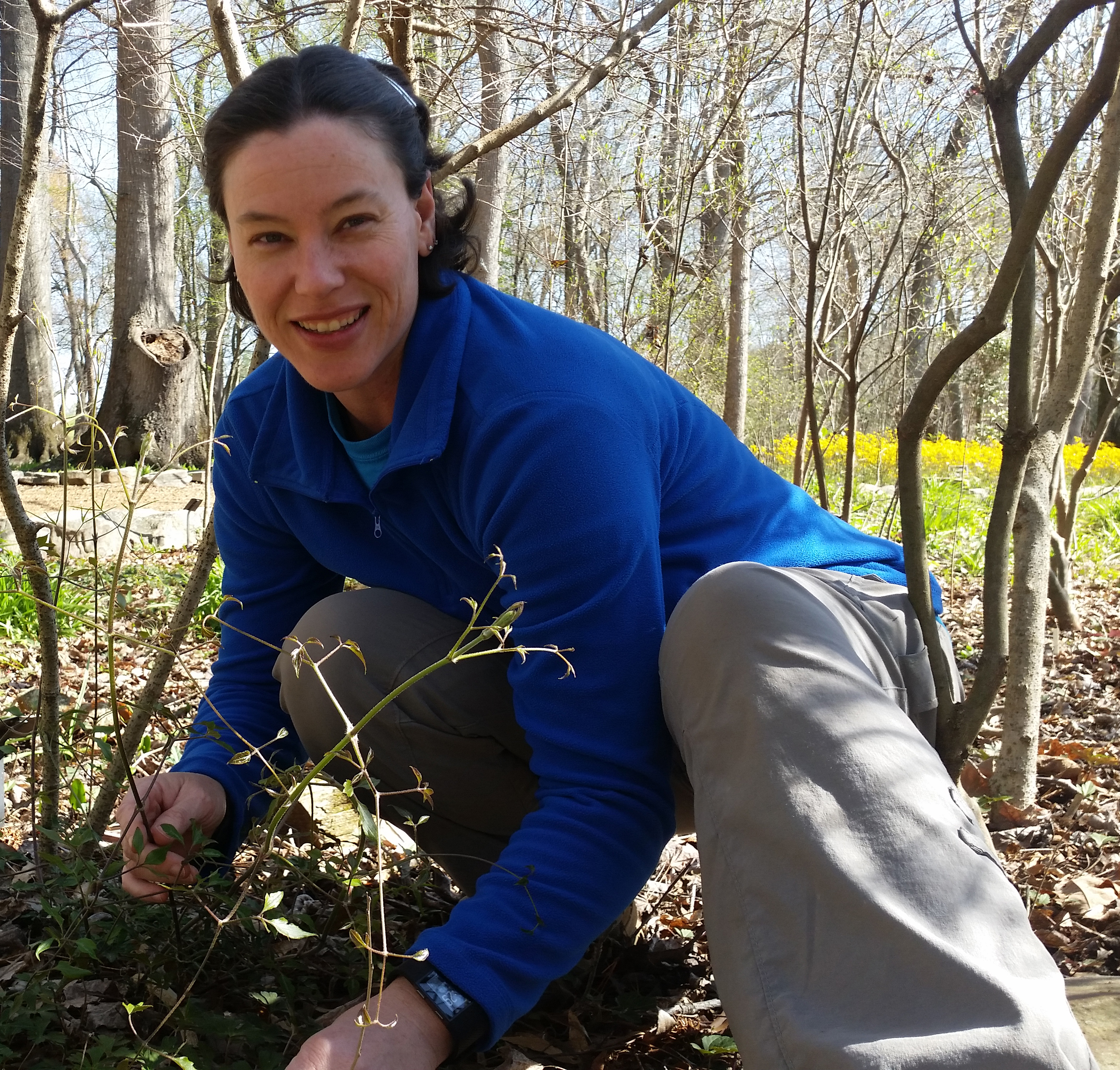Why are Garden Maps important?
Rather than starting with the technology, I think it is worth discussing why botanical gardens keep maps at all: maps support our mission. The following phases in our mission statement are all supported by spatial data and descriptive information contained within our garden map: year-round botanical displays, strong educational programs, specialized research, and conservation of our natural resources.
The first botanical gardens were established by doctors and naturalists in the 1600’s as repositories of exotic plants for the purpose of studying them to discover new sources of medicine, foods and seasonings, fibers for clothing, and building materials. The great historic explorations that were underway defined the advancement of science and made botanical gardens the epicenters of scientific research – much like NASA and Hudson Alpha today. The curators of these living collections drew maps as an inventory tool and kept records about where the plant had come from originally (now referred to as provenance information). The need to have precise location information, specimen history information, and inventory of plants in the living collections is so universal that virtually all botanical gardens have maps dating back to their founding. Along with the curator, the maps serve as an important historical record of the development of the garden.
Like the artifacts housed in museums, living plant collections at botanical gardens require intensive documentation to be maintained. This excerpt from the Alliance for Public Gardens GIS says it very well:
“Public gardens maintain intensively documented plant collections. Many of the plants in these living collections have been grown from seeds, cuttings, and other propagules that have been wild-collected in field expeditions; some of the taxa protected in these collections are extremely rare in cultivation. However, despite the intrinsic value of these special plants, a collection’s value to science is exactly proportional to the information it can provide to others. Plants need to be properly identified and plant names tracked with few or no errors. If a specimen cannot be located on the site, or if no one knows that the garden holds that plant, or if details about a specimen’s identification or provenance are obscured by poor record-keeping, the plant is not useful to researchers. Today public gardens use mapping for many uses: curating their living collections, managing their facilities and landscapes, tracking research, designing and planning their grounds, educating and orienting their visitors, and even fundraising and donor stewardship.”
Our curator, Mike Gibson, and I manage the plant collections data – including recording the acquisition of plants, accessioning plants and entering data into our living collections database, confirming the identity of the plants new to the garden, labeling plants, and mapping the plants in the garden using AutoCAD and MS Access. But in the last few years, new technologies have been developed that are transforming the ease with which living collections documentation can be maintained. After years of using paper maps and binders of documents to keep track of plants we can now manage information better, be more efficient, share information easier, and be much more proactive in the management of both collections and grounds maintenance. We are currently in the process of moving our plant records and mapping to a GIS system, ESRI ArcMAP. Primarily this will benefit the Garden by making it easier to link disparate types of data, i.e. accession records and spatial data; and by allowing for the fast and easy sharing of that information to both the staff and the public. This will improve communication in almost every facet of the Garden, from grounds maintenance to event planning and donor relations.

